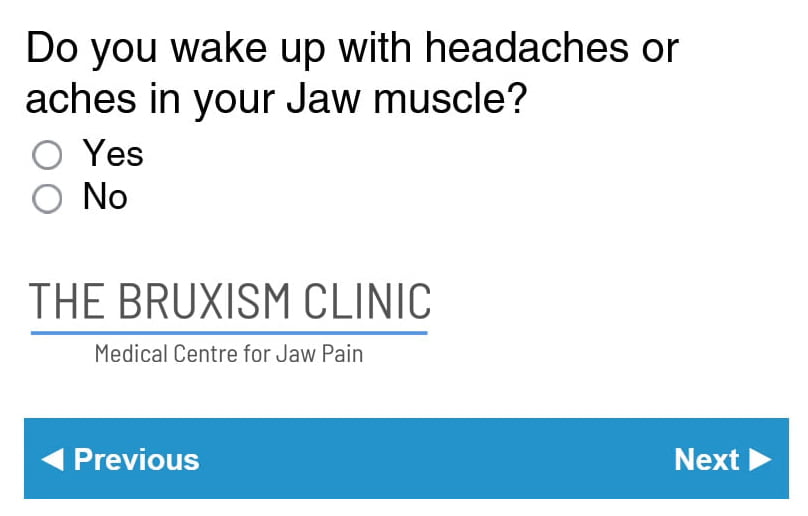Bruxism, the involuntary grinding of teeth and clenching of jaws, can wreak havoc on oral health and overall well-being. Understanding its causes and symptoms is essential for effective management. This article explores the impact of bruxism, highlighting potential dental complications and available treatment options, including Botox therapy. We will also guide you on choosing the […]





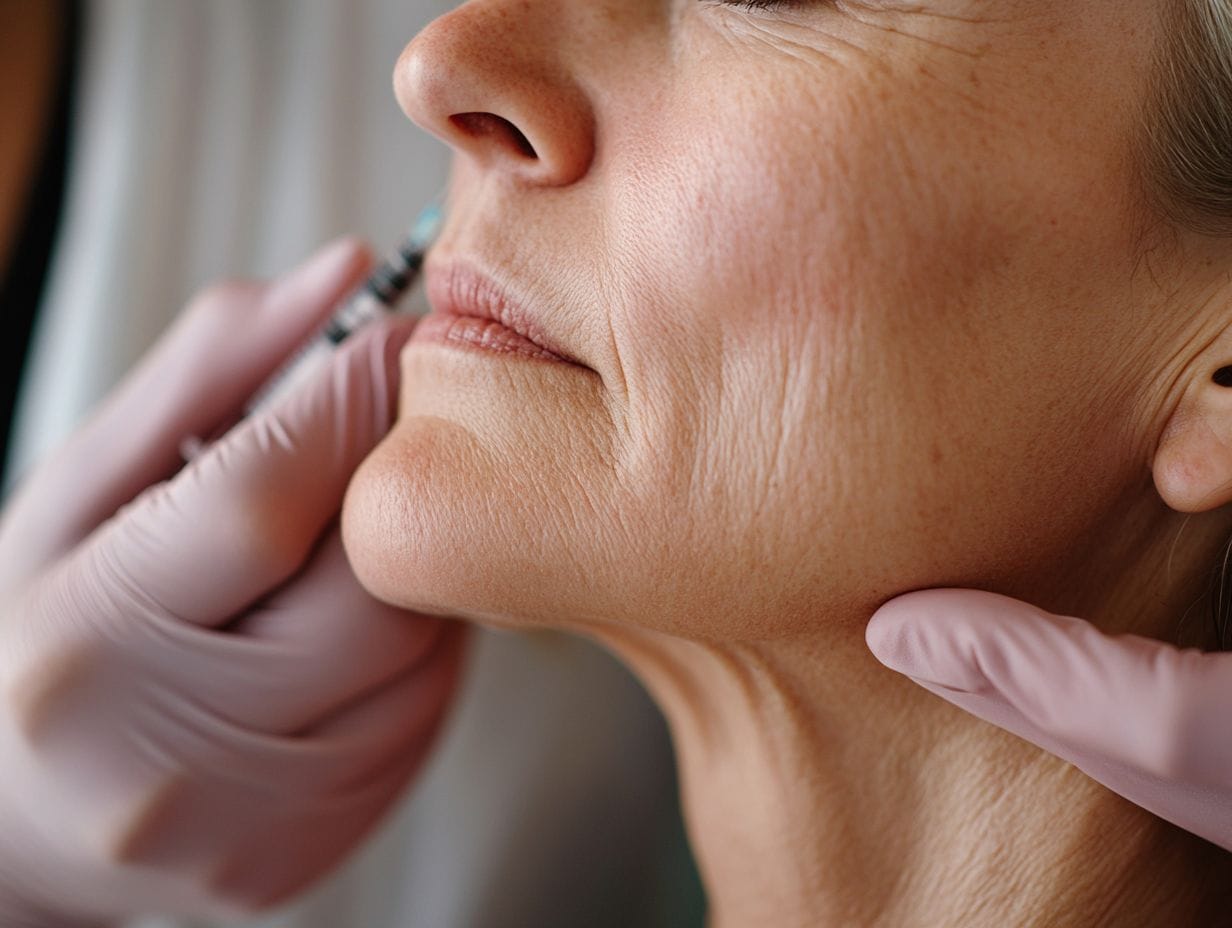
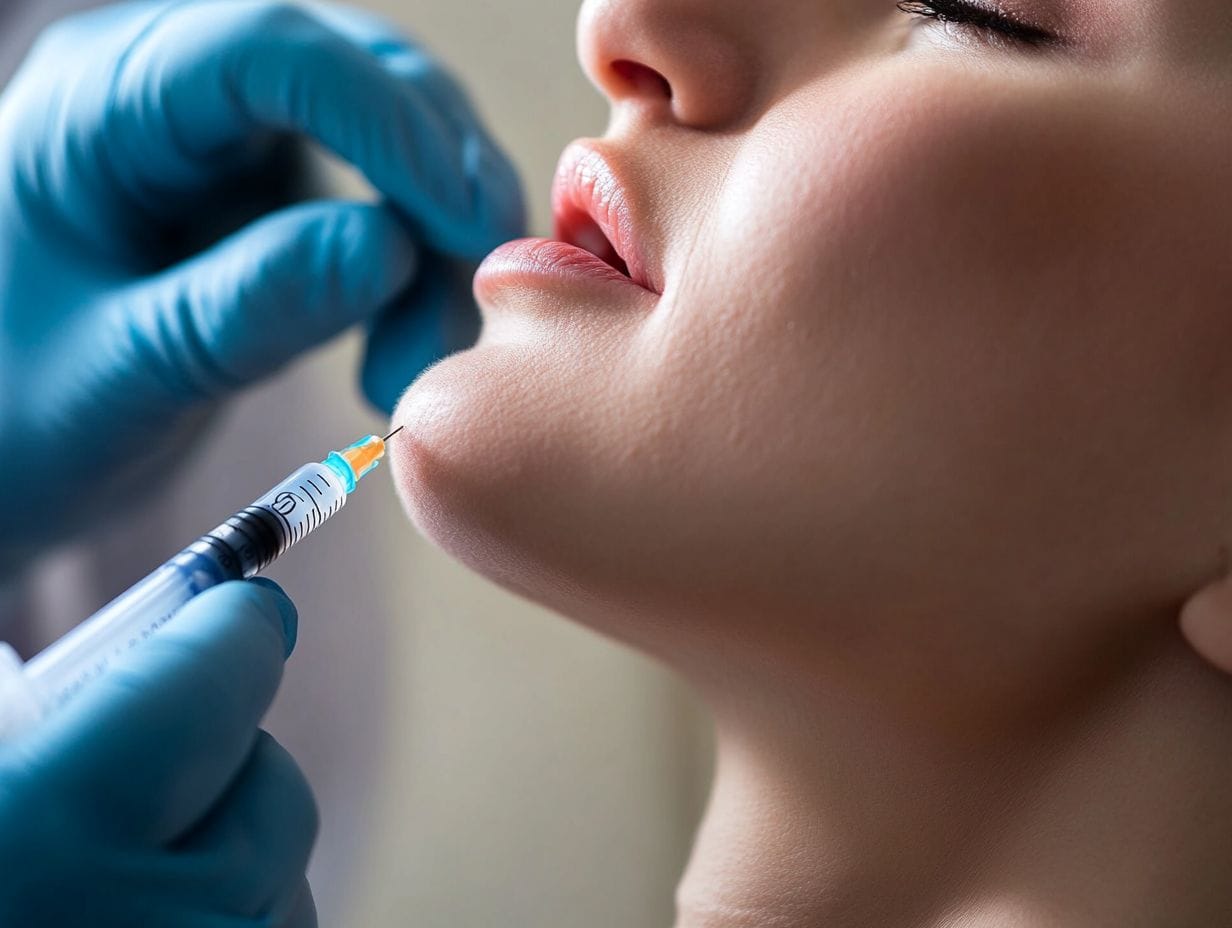 Botox functions on the jaw muscles by acting as a neurotransmitter blocker, temporarily paralysing the overactive muscles responsible for bruxism.This neuromodulatory action specifically targets the masseter and temporalis muscles, which play a critical role in the mechanics of chewing and speaking. By inhibiting the release of acetylcholine at the neuromuscular junction, Botox disrupts the signalling that prompts these muscles to contract excessively.Consequently, individuals frequently experience a significant reduction in muscle tension and associated pain in the jaw, resulting in a more relaxed oral environment. This controlled weakening of the jaw muscles can modify jaw movement patterns, aiding in the alleviation of symptoms related to temporomandibular joint disorders (TMD) and facilitating individuals in managing their daily activities without discomfort.
Botox functions on the jaw muscles by acting as a neurotransmitter blocker, temporarily paralysing the overactive muscles responsible for bruxism.This neuromodulatory action specifically targets the masseter and temporalis muscles, which play a critical role in the mechanics of chewing and speaking. By inhibiting the release of acetylcholine at the neuromuscular junction, Botox disrupts the signalling that prompts these muscles to contract excessively.Consequently, individuals frequently experience a significant reduction in muscle tension and associated pain in the jaw, resulting in a more relaxed oral environment. This controlled weakening of the jaw muscles can modify jaw movement patterns, aiding in the alleviation of symptoms related to temporomandibular joint disorders (TMD) and facilitating individuals in managing their daily activities without discomfort.
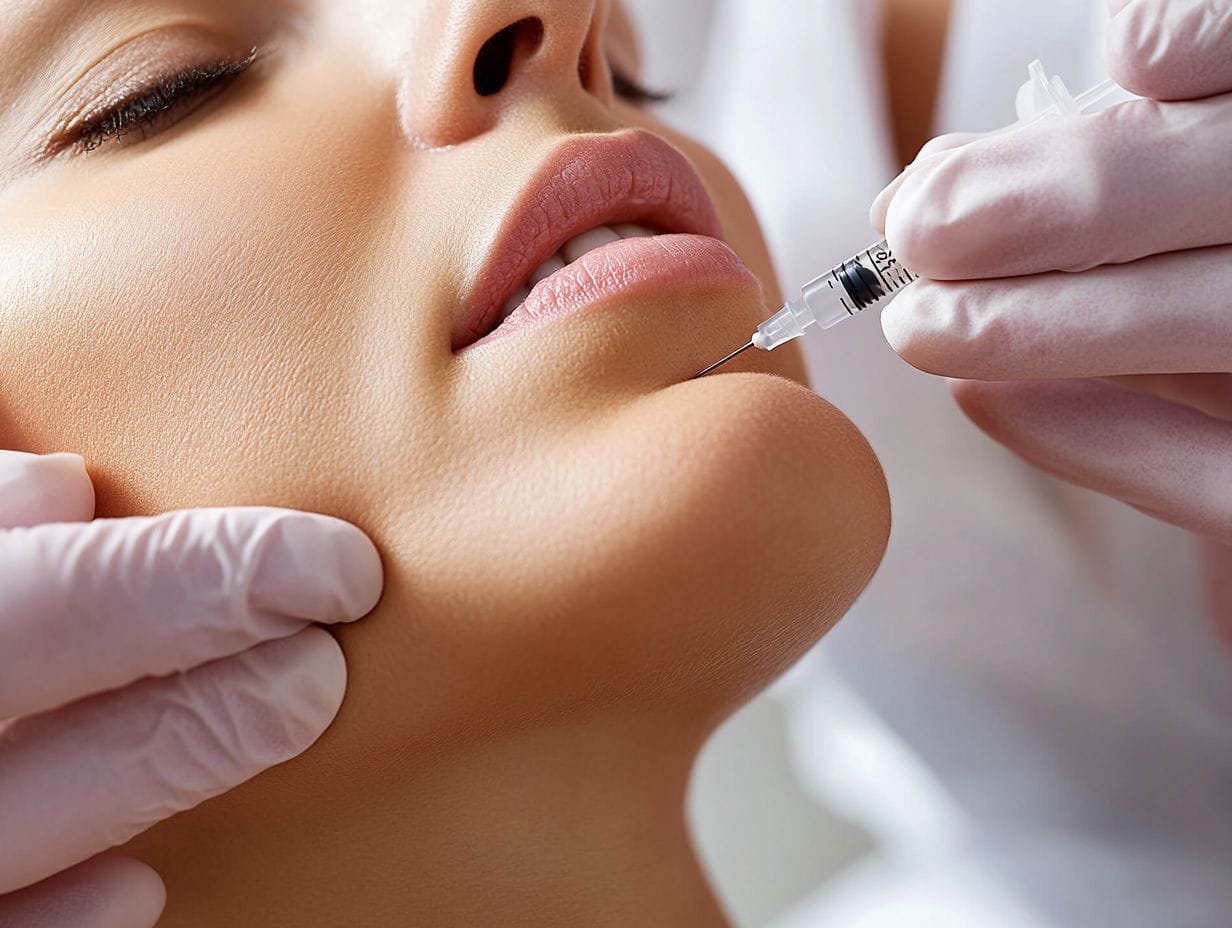 Identifying suitable candidates for Botox treatment necessitates a thorough evaluation of the individual’s medical history and specific bruxism symptoms.Age is particularly significant in this assessment; individuals who are too young may not be appropriate candidates, while older adults may experience varying degrees of benefit from the treatment. The severity of bruxism must also be evaluated, as patients with mild symptoms may not experience the same level of relief as those with more pronounced issues.It is critical to consider any contraindications, such as specific medications or medical conditions, that could potentially affect the efficacy of treatment options. A comprehensive evaluation ensures that patients are well-informed regarding expectations and can optimise their potential outcomes.
Identifying suitable candidates for Botox treatment necessitates a thorough evaluation of the individual’s medical history and specific bruxism symptoms.Age is particularly significant in this assessment; individuals who are too young may not be appropriate candidates, while older adults may experience varying degrees of benefit from the treatment. The severity of bruxism must also be evaluated, as patients with mild symptoms may not experience the same level of relief as those with more pronounced issues.It is critical to consider any contraindications, such as specific medications or medical conditions, that could potentially affect the efficacy of treatment options. A comprehensive evaluation ensures that patients are well-informed regarding expectations and can optimise their potential outcomes.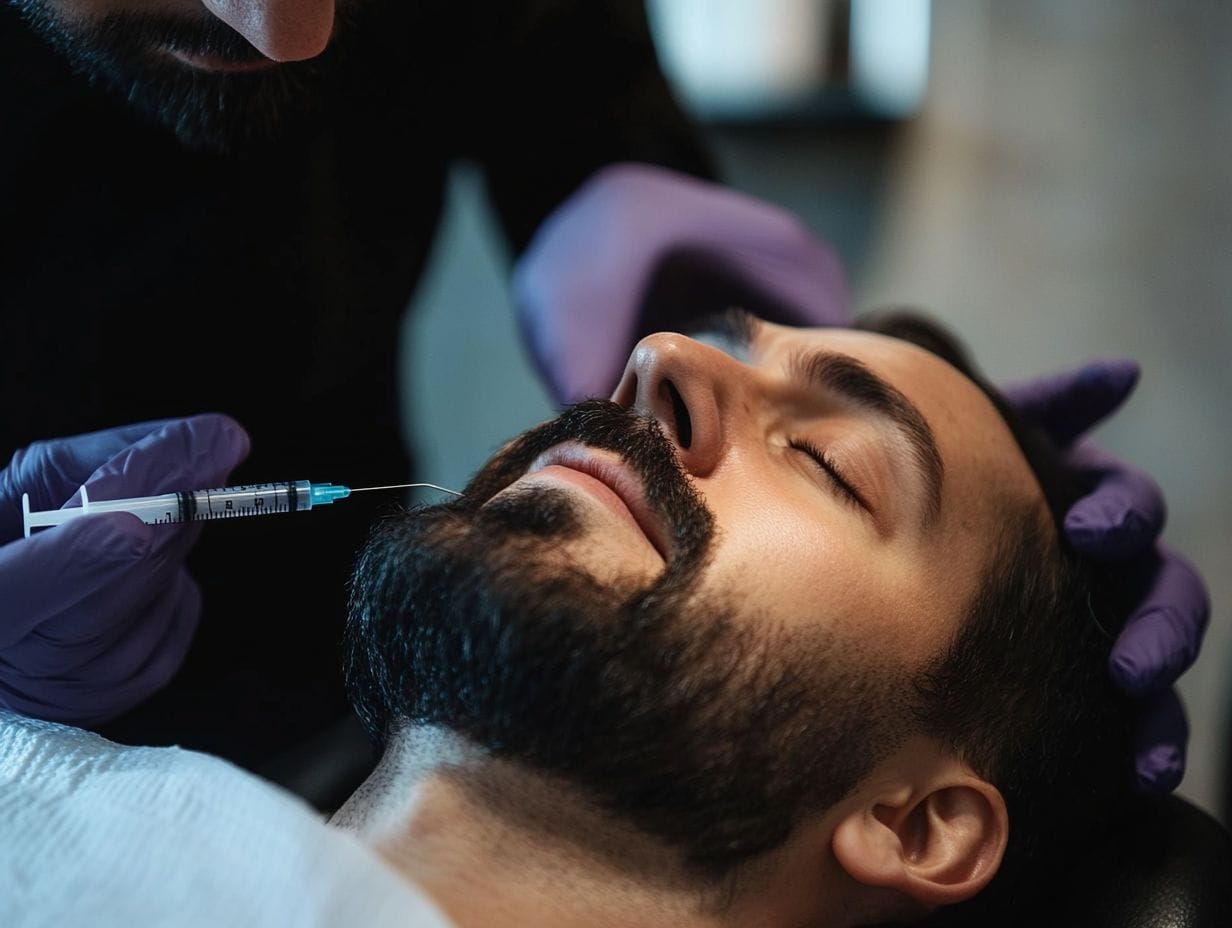 The integration of Botox treatment with TMJ condylotomy surgery presents a comprehensive strategy for managing severe cases of bruxism and related joint disorders.
The integration of Botox treatment with TMJ condylotomy surgery presents a comprehensive strategy for managing severe cases of bruxism and related joint disorders.